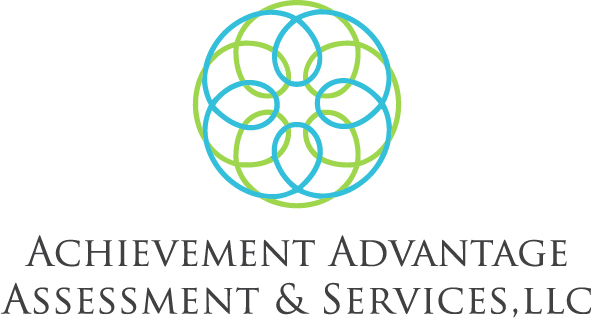Last week we covered strategies to use during objective assessments. During this blog post, we will review strategies to use during subjective tests. While taking an objective assessment, the answer you choose can be right or wrong, subjective assessments rely on your instructor’s interpretation of what you have written to determine if you know the material. Subjective test items can include essay or short answer responses.
Preparation is key in completing essay questions and short response. Start your studying early so that you can not only recall information easily, but also apply it. When you take the exam, you will want to implement previewing, planning, writing, and reviewing skills.
Previewing. When you get your assessment, make sure to give yourself a few minutes to preview it. Look over the test to see what is being asked of you and estimate how much time you have on each item. If there are multiple essays to complete, consider which one you would like to answer first. This will likely be the one that you feel you can complete most easily. Then carefully read the prompt, underlining key words and phrases to gain a thorough understanding of how to complete the question. If there are multiple components to the question, make sure that you consider each part.
Planning. It is also important to give yourself time to plan your response. Begin by writing a brief outline of your response. Refer back to the question to make sure you’re addressing everything you need in your outline. Also think of some specific examples you can include to strengthen your points.
Writing. Make sure that you address the question within the first paragraph. Following your introductory paragraph, each paragraph needs to start with a topic sentence. Your goal should be to answer the question directly with as much information as possible to demonstrate your understanding of the topic. Leave nothing to inference. Make sure to define terms you use and support any statement with facts.
Reviewing. When you plan how long you have to answer each item, remember to allow for time to review your responses. Once you have completed all essay items, go back and read through your answers, checking for appropriate capitalization, punctuation, spelling, and content. If you are running out of time, it is always better to have a partial response than leaving it blank so that you may receive partial points.
Now that we’ve discussed skills and strategies to increase your chances of success in an educational environment, we will transition to discussing specific disorders that individuals may have cause difficulties in school.
If you’re utilizing all of these study and time management strategies and you continue to struggle to achieve at a level that is equal to your effort, there may be something more going on. Next, we will discuss specific disorders that can explain underachievement in an educational setting.



